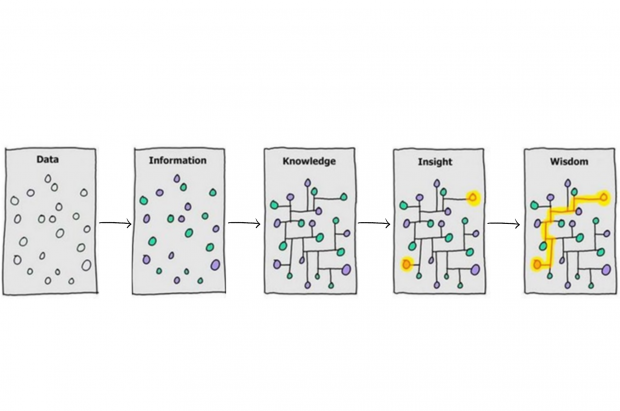A personal journey
I grew up in a working-class family in Coventry and left school to join the Civil Service at entry level. I’m now a deputy director leading the apprenticeship service for the Education and Skills Funding Agency (ESFA). As someone who has worked hard to become a senior leader, I know that education, both informal and formal, has brought me opportunities in life and that’s why I’m so passionate about making apprenticeships and other skills programmes work for citizens and employers, and the wider economy.
As a civil servant, I need to deliver value for money – for the end user, for the taxpayer and for the organisation I work in. I aim to build an excellent service that will deliver programme benefits and more importantly, great outcomes for employers and their apprentices.
With the economic impact of the Covid-19 pandemic, it has become even more important that we continue to achieve great things for employers and apprentices.
Service design and data
Service design is about understanding the interconnectedness of people, workflows and products to create systems, offerings, interactions and experiences that constitute the apprenticeship service.
Underpinning that is data – the oil that helps us drive a great experience and highlight organisational opportunities for ESFA. On its own, data has limited value, but understanding connections creates great outcomes and enables us to gain insight and wisdom we haven’t had before. In the current economic climate, great data helps us understand in real time if our policies are having the impact our economy needs.

This diagram shows how understanding data can eventually lead to knowledge, insight and wisdom. The science behind our service design work is taking this understanding and moving us to a far more automated space whilst building great outcomes for users.
Our priority behind the scenes is joining those journey dots, automating connections so we can better understand our users and their journeys. We aim to use this insight to engage with users at the right time, better connecting demand and supply strategically in the market, managing participation budget in a more proactive way and continually improving the service, both internally and externally.
We need to work at scale, transitioning from around 20,000 employers on the apprenticeship service, with face-to-face account managers for the top 1,000 employers who pay the levy, to a space in which we are servicing as many as 150,000 employers of all shapes and sizes, through various communication routes. We currently have 34,770 service accounts (as at 12 August 2020) and we aim to conclude the transition of all employers who want to hire apprentices to register on the service by the end of March 2021.
With scale and connected data, we can be targeted in all our communications and interventions, both online and offline. This enables us to extend the reach of our service to anybody with a device. We can make the information and support we provide more timely and more personalised to the end user. In essence, we are the architects of the end user’s journey and the guardians of their apprenticeship experience.
Employer insight
A significant first step is soon having greater knowledge about the things employers are looking for – we’ll analyse in more depth what they look for on our services, and we intend to share that data with training providers, end-point assessment organisations and the Institute for Apprenticeships and Technical Education to inform their priorities and plans.
We will move to a system of real-time data. Not having to wait 3 months for analysis of ‘historic’ data on apprenticeship starts, withdrawals and pauses, ultimately being able to share insight with policy colleagues in a timely way.
The service is a ‘maieutic’ system in which all data is input by our external end users and operated within a set of coded rules. The term derives from the Greek philosopher Socrates’ mode of inquiry’: asking a series of questions to gather the required information and manage in times of uncertainty. Importantly, it’s about asking the right questions at the right time.
So, our users input their data and we provide the framework and the rules, such as spend controls, funding rules and policy outcomes. From that we can automate management of those audiences, using coded levers to influence and nudge their behaviours in real time, and inform finance, budgeting and policy teams to make more insightful decisions.
In part 2 of this blog Eileen will explore digital engagement, new ways of working and the future of the apprenticeship service.
